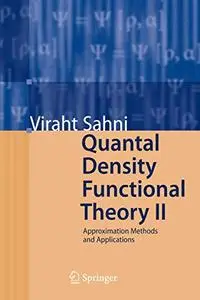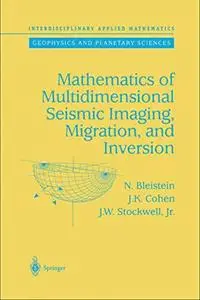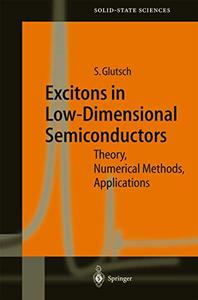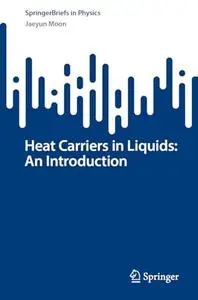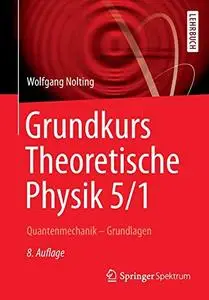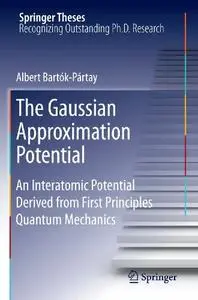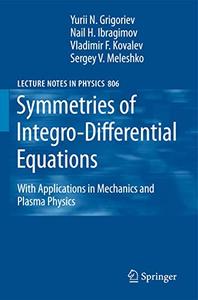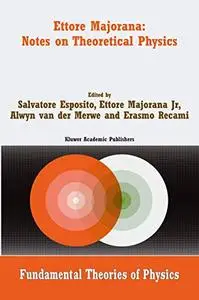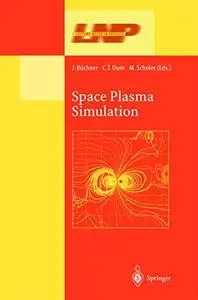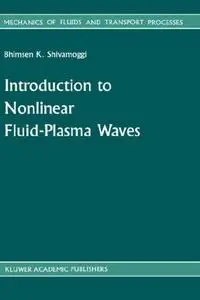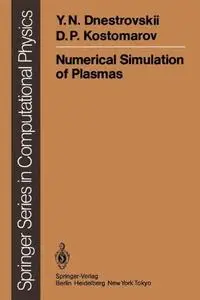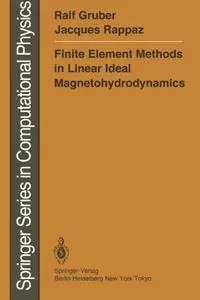Quantal Density Functional Theory II: Approximation Methods and Applications by Viraht Sahni
English | PDF | 2009 | 432 Pages | ISBN : 3540922288 | 5.8 MB
In my original proposal to Springer for a book on Quantal Density Functional Theory, I had envisaged one that was as complete in its presentation as possible, describing the basic theory as well as the approximation methods and a host of applications. However,after workingon the bookforabout ?ve years, I realizedthat the goal was too ambitious, and that I would be writing for another ?ve years for it to be achieved. Fortunately,there was a natural breakin the material, and I proposed to my editor, Dr. Claus Ascheron, that we split the book into two components: the ?rst on the basic theoretical framework, and the second on approximation methods and applications. Dr. Ascheron consented, and I am thankful to him for agreeing to do so. Hence, we published Quantal Density Functional Theory in 2004, and are now publishing Quantal Density Functional Theory II: Approximation Methods and Applications. One signi?cant advantage of this, as it turns out, is that I have been able to incorporate in each volume the most recent understandings available. This volume, like the earlier one, is aimed at advanced undergraduates in physics and chemistry, graduate students and researchers in the ?eld. It is written in the same pedagogical style with details of all proofs and numerous ?gures provided to explain the physics.


